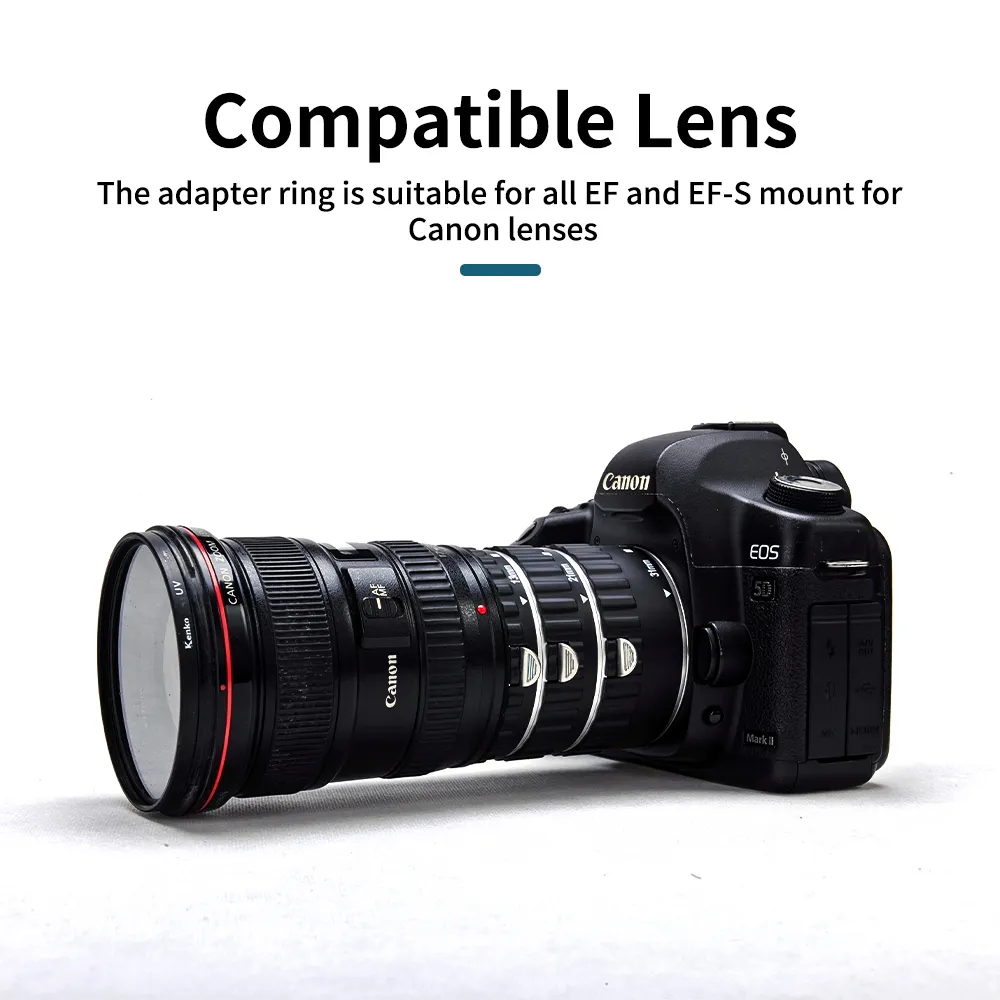

Time:2025-05-06 Views:1

Understanding the parameters of a macro lens is essential for photographers to make informed decisions and achieve optimal results in close - up photography. One of the most crucial parameters is the magnification ratio, often expressed as a fraction such as 1:1 or 1:2. A 1:1 magnification ratio indicates that the subject on the camera's sensor will be the same size as the actual subject in real life. For example, if you photograph a 1 - centimeter - long insect with a 1:1 macro lens, it will cover a 1 - centimeter area on the sensor. A 1:2 magnification ratio means the subject on the sensor will be half the size of the actual subject. Higher magnification ratios allow for more detailed and larger - than - life images, but they also require the lens to be extremely close to the subject, which can pose challenges in terms of lighting and focus.
The focal length of a macro lens is another significant parameter. Macro lenses typically come in various focal lengths, ranging from short focal lengths like 35mm to long focal lengths such as 180mm. Shorter focal length macro lenses, like the 35mm or 50mm, are more compact and lightweight. They are suitable for shooting in tight spaces and can capture a wider field of view. However, they require the photographer to get very close to the subject, which may scare away skittish subjects like insects. Longer focal length macro lenses, such as 100mm or 180mm, offer more working distance between the lens and the subject. This is beneficial when photographing subjects that are easily disturbed or when using external lighting sources, as it allows for more flexibility in positioning lights.
Aperture is also an important parameter for macro lenses. The aperture is indicated by an f - number, such as f/2.8, f/4, or f/16. A wider aperture (lower f - number) allows more light to enter the lens and creates a shallow depth of field. In macro photography, a shallow depth of field can be used creatively to isolate the subject from the background, making it stand out more vividly. However, it also means that only a very small portion of the subject will be in focus, which requires precise focusing. A narrower aperture (higher f - number) increases the depth of field, ensuring more of the subject is in focus, but it reduces the amount of light entering the lens, potentially requiring longer shutter speeds or higher ISO settings.
Other parameters to consider include the lens's minimum focusing distance, which determines how close the lens can get to the subject while still being able to focus. A shorter minimum focusing distance is advantageous for achieving higher magnification ratios. Additionally, the lens's optical quality, such as its sharpness, chromatic aberration correction, and distortion control, can be evaluated through reviews and sample images. These parameters collectively influence the overall performance and image quality of the macro lens, and understanding them is key to choosing the right lens for different macro photography needs.
Read recommendations:
Camera Accessories Camera Cage Professional Manufacturer 5 Axis Cnc Machining Custom